I have a question about how to realize a Table relationship in Microsoft SQL-Server 2012.
I have a Table (MyTable) which should hold a Parent/Child structure. One Parent may have one Child and one Child only has one Parent. This is a classical one-to-one relation. The topmost entry obviously may not have a parent. (This is modelled via a nullable property)
When I try to model this in MS-SQL I receive a table as follows.

Here is my Code:
CREATE TABLE [dbo].[MyTable](
[Id] [uniqueidentifier] PRIMARY KEY NOT NULL,
[Name] [nvarchar](200) NOT NULL,
[ParentObjectId] [uniqueidentifier] NULL
)
GO
ALTER TABLE [dbo].[MyTable] WITH CHECK ADD CONSTRAINT [FK_MyTable_ParentObject] FOREIGN KEY([ParentObjectId])
REFERENCES [dbo].[MyTable] ([Id])
GO
ALTER TABLE [dbo].[MyTable] WITH CHECK ADD CONSTRAINT [Unique_ParentId] UNIQUE(ParentObjectId)
GO
ALTER TABLE [dbo].[MyTable] CHECK CONSTRAINT [FK_MyTable_ParentObject]
GO
The UNIQE Constraint should assure that there is at most one parent for one child.
BUT Entity Framework won't let me change the properties to be a one-to-one relation. It always generates a one-to-many relation.
EDIT: The code is DB-First.
Do you have any idea on how to model this properly in MS-SQL and EntityFramework?